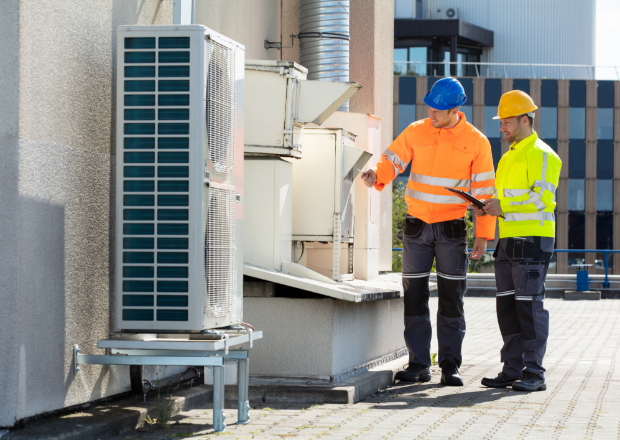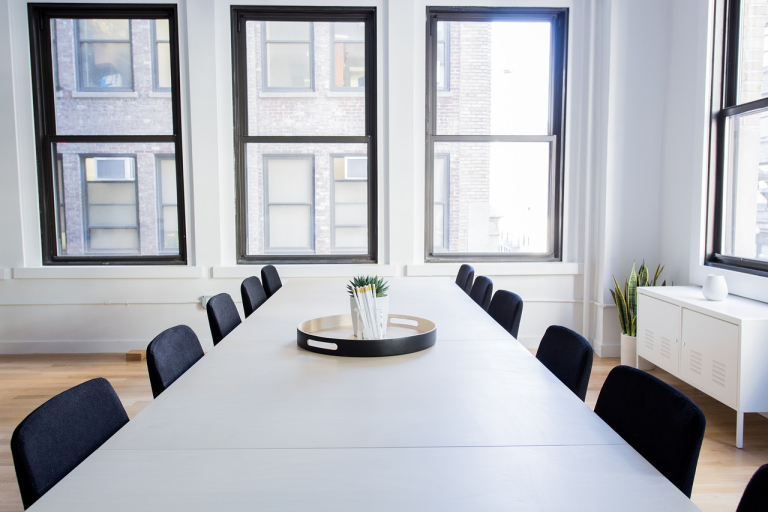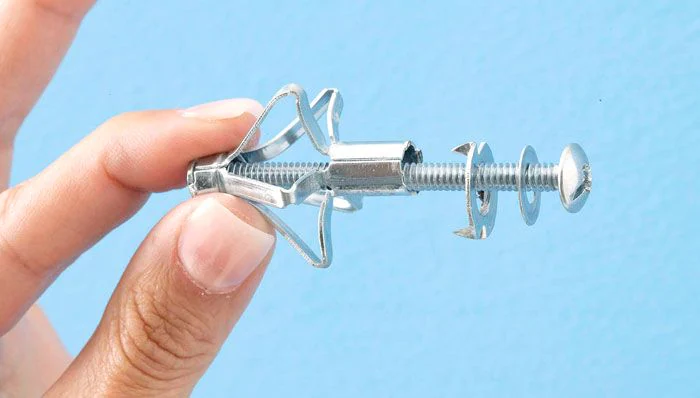The Different Types of Maintenance for Commercial Buildings
When it comes to owning or managing a commercial building, maintenance is key. A well-maintained building not only looks good, but it also ensures the safety and comfort of the occupants. However, there are different types of maintenance that a commercial building requires, each with its own purpose and benefits. In this article, we’ll provide an overview of the different types of maintenance for commercial buildings, from preventive maintenance to emergency repairs.
Preventive Maintenance
Preventive maintenance is the act of regularly inspecting and servicing equipment and systems in order to prevent breakdowns and extend their lifespan. This type of maintenance can include tasks like replacing filters, cleaning ducts, and checking electrical systems.
Predictive Maintenance
Predictive maintenance uses data and analytics to predict when equipment or systems are likely to fail, allowing for repairs or replacement before a breakdown occurs. This can include tasks like monitoring vibration levels, temperature, and other indicators of wear and tear.
Reactive Maintenance
Reactive maintenance is when repairs are made only after a problem has occurred. While this can be unavoidable in some situations, it’s generally not the most cost-effective or efficient way to maintain a commercial building.
Proactive Maintenance
Proactive maintenance involves identifying potential issues before they become problems and taking action to prevent them. This can include tasks like regularly inspecting building systems and equipment, and replacing parts or systems that are showing signs of wear and tear.
Corrective Maintenance
Corrective maintenance is performed after a problem has occurred in order to restore systems or equipment to their proper functioning. This type of maintenance can include tasks like repairing leaks, replacing broken equipment, and fixing electrical or mechanical problems.
If you are looking for commercial buidling repairs then tradevent can help.
Types of Maintenance for Specific Systems
In addition to these broad categories of maintenance, there are also specific types of maintenance required for certain systems within a commercial building.
HVAC Maintenance
Heating, ventilation, and air conditioning (HVAC) systems require regular maintenance to ensure proper functioning and energy efficiency. This can include tasks like replacing air filters, cleaning ducts, and inspecting and repairing mechanical parts.
Electrical Maintenance
Electrical systems in a commercial building require regular maintenance to ensure safety and proper functioning. This can include tasks like testing and replacing outlets, inspecting wiring, and checking circuit breakers.Elevator Maintenance
Elevators are essential to the operation of many commercial buildings, and require regular maintenance to ensure safety and proper functioning. This can include tasks like inspecting and repairing mechanical components, testing safety features, and replacing worn or damaged parts.
Plumbing Maintenance
Plumbing systems in a commercial building require regular maintenance to prevent leaks, blockages, and other issues. This can include tasks like inspecting and repairing pipes, replacing faucets and fixtures, and cleaning drains.
Fire Safety Maintenance
Fire safety systems, including smoke detectors, fire alarms, and sprinkler systems, require regular maintenance to ensure they are working properly in the event of an emergency. This can include tasks like testing alarms, inspecting sprinkler systems, and replacing batteries.
To read more about this topic, check out my previous blog post at Major Maintenance for Commercial Buildings: Understanding the Basics
For more general information on building then please visit: https://www.building.vic.gov.au/
Regular maintenance is essential for the safety, comfort, and efficiency of a commercial building. By understanding the different types of maintenance, building owners and managers can develop a comprehensive maintenance plan that ensures the longevity of their property and the safety of its occupants.







